At the age of 76, the eyes of Prof. Dr. People's Teacher Tran Tan Tien, former Head of the Department of Hydrometeorology and Oceanography , University of Science (Vietnam National University, Hanoi) still shine with passion when talking about clouds, winds, and water currents, which are both the subjects of his research and the reason for his life. From the dream of "knowing the numbers to know the whole sky", he has contributed to laying the foundation for the early forecasting industry in Vietnam, helping thousands of people stay safe during each storm and flood season.
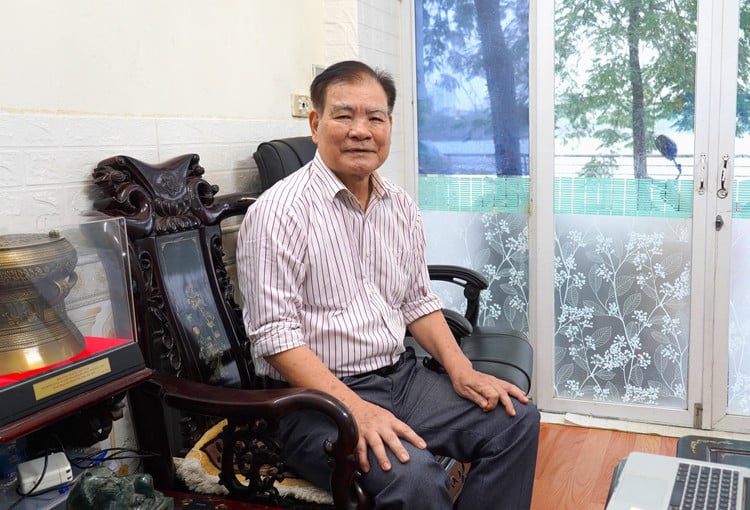
Prof. Dr. People's Teacher Tran Tan Tien, "father" of Vietnam's 3-day flood forecasting model. Photo: Hoai Huong.
"Father" of Vietnam's 3-day flood forecasting model
During the days when the North and Central regions are struggling to cope with storms and floods, each accurate weather report is not only information but also hope. Few people know that, more than two decades ago, when Vietnam was still largely dependent on foreign forecasting models, a research group led by Professor Tran Tan Tien and colleagues at the University of Natural Sciences (Vietnam National University, Hanoi) pioneered the construction of inland storm and flood forecasting models, creating a foundation for proactively warning of natural disasters. Among them, there is the technology to forecast floods 3 days in advance, helping the government and people to evacuate in time and minimize damage.
Sharing about this project, Professor Tien said that in 2004, his group implemented the project "Building flood forecasting technology in the Central region 3 days in advance" (QGTĐ.04.04). This is the first project in Vietnam to integrate meteorology and hydrology in the same calculation system.
From the results of this research, scientists have successfully built modern forecasting models, notably the 4-technology dynamic model that allows forecasting the number and range of storms, weather and waves in the East Sea and coastal areas of Vietnam. These models have become an important basis for the early warning system for waves, hydrometeorology and natural disasters, and can issue independent, accurate and timely forecasts.
Compared to previous forecasting methods, the new model has a higher level of detail and resolution, clearly simulating the trajectory, storm intensity as well as related weather developments. In addition, the research team also built separate forecasting equations for each meteorological factor such as maximum temperature, relative humidity and rainfall at 15 coastal meteorological stations, helping to increase accuracy and applicability in disaster prevention and marine environmental management.
After that, from 2007-2010, Professor Tien continued to lead the project "Building a technological process to forecast storms, waves and surges 3 days in advance" (KC.08.05/06-10), modeling the entire process of formation, movement and impact of storms when they make landfall.
“We run a series of ensemble models, synthesizing the results to make forecasts. When the computing capacity is strong enough, the error in the center of the storm can be reduced to only 50-70 km. From storms off the coast of the Philippines, the model can determine in advance the area where the storm will make landfall in Vietnam, helping localities proactively prepare prevention plans,” he shared.
These two projects have improved Vietnam’s forecasting capacity, helping disaster prevention agencies take action earlier. The achievement also brought home the Hanoi National University Science and Technology Award and the Ho Chi Minh City Science and Technology Fair Gold Cup.
But for him, the biggest reward is that “every correct prediction means thousands of lives and homes are saved.”
A turn to the industry of "knowing the numbers, you can know the sky"
Professor Tran Tan Tien shared that he was born in 1949 in the low-lying area of Ha Nam, where the flood season once swept away entire villages. Living in that environment, from a young age, Tran Tan Tien was passionate about learning about natural phenomena. "I wanted to understand why it rained, why there was thunder and lightning, and if I could guess that, I would be able to help many people," he said.
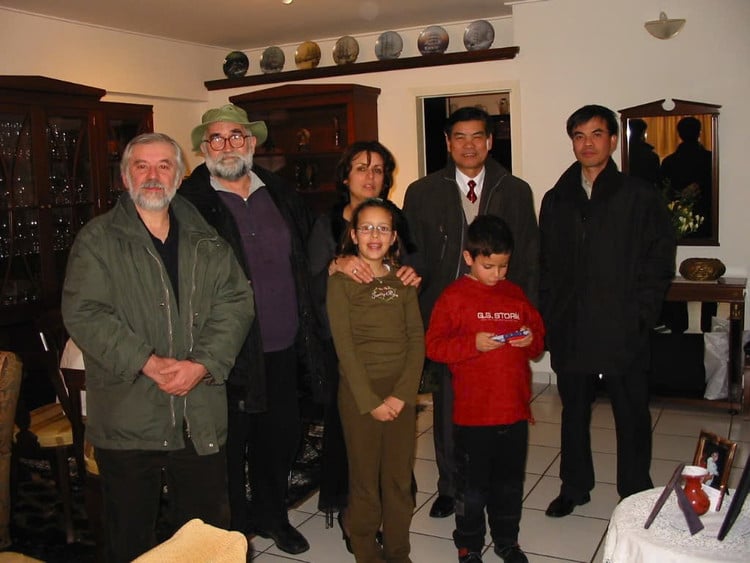
Prof. Dr. Tran Tan Tien and his colleague, Assoc. Prof. Dr. Nguyen Minh Truong took a photo at the house of Professor George Kalos, University of Athens, Greece during a business trip to exchange experiences in weather forecasting using numerical methods. Photo" NVCC.
In 1967, he was selected to study in the Soviet Union. Initially, the student Tien wanted to study Electronic Physics, but the Leningrad University of Hydrometeorology assigned him to the field of numerical forecasting, a field that was almost unknown at that time.
“My major was weather forecasting using numerical methods. At that time, the forecasting field had three branches: computer forecasting, map forecasting and survey forecasting. I was assigned to the computer forecasting field, a field that no one chose because it was boring and computers were rare. But I thought, if I could grasp the numbers, I could grasp the sky. And later I realized, this was a direction ahead of its time,” he recalled with a smile.
Upon returning to Vietnam in 1973, he took up a teaching position at Hanoi University of Science, a position he held for more than 40 years. From a young lecturer, he became the Head of the Department of Hydrometeorology and Oceanography, contributing to laying the foundation for the industry's training and research programs.
Studying and working with many leading Russian professors has helped Professor Tran Tan Tien form a coherent scientific thinking method and a systematic teaching method - knowing how to guide, turn complex things into simple things, and inspire learners to think for themselves and find solutions.
To his students, he was not only a strict teacher but also an example of a dedicated and humble scientist. He always reminded his students: “Weather forecasting is not about predicting the weather, but about saving people.”
Many colleagues commented that Professor Tien is a teacher who accompanies his students on every step of their research journey, from the initial idea to the final result. It is his dedication and practical training method that has helped many generations of his students grow up to become scientists and professionals working steadily in the field of meteorology and hydrology.
Under his guidance, dozens of PhD and master students have grown up, including Prof. Dr. Phan Van Tan, Associate Prof. Dr. Mai Van Khiem, who are currently holding important responsibilities in storm forecasting work.
Wrong forecast, not just wrong numbers, but human lives
“Forecasting requires responsibility. When you make a mistake, it is not just the wrong numbers, but also human lives,” that is the philosophy that Professor Tran Tan Tien always reminds his students and colleagues during more than half a century of working in the field of hydrometeorology.
According to Professor Tien, connecting meteorology with hydrology to improve disaster warning capacity is very important. If we combine rain forecasts with flow models, we can extend the flash flood warning time by a few days, enough for the authorities to evacuate people and save lives.
Having devoted his whole life to science, to meteorology and hydrology, one of his concerns is how to have the next generation and attract good students to the industry.
According to Professor Tien, hydrometeorology is a fundamental science, directly related to people's safety and livelihoods, but is facing the reality of "lack of talented people and too many difficulties".
According to him, to change the situation, there needs to be a scholarship policy, financial support, creating conditions for students to conduct practical research, and attracting good students. The worrying thing is that the Faculty of Meteorology, Hydrology and Oceanography has about 100 quotas for 3 majors each year, but it is very difficult to recruit enough. If we try to recruit enough with low scores, it will be very difficult to train human resources to work in the field of Meteorology - Hydrology - Oceanography.
“This is a difficult field of study, requiring good mathematical and physical thinking, and working in harsh conditions with low salaries. If there is no mechanism for scientists to make a living from their profession, it will be difficult to attract good people,” he said.
Furthermore, he proposed the idea of "marketizing knowledge", weather forecasting, analysis and modeling products can become commercial services, bringing legitimate income to professionals.
“You can’t sell the weather, but you can sell knowledge. When students see that their major has real value and is recognized by society, they will come to them. If you want to have talent, you must first create an environment for talent to thrive,” he said.
Along with that, he said that in the field of Hydrometeorology and Oceanography, there needs to be means of protection for research staff when storms occur. According to the principle of natural disaster prevention, when there is a storm, they are not allowed to go to sea, so many times he and his colleagues have to release the measuring device offshore beforehand, so that the device can automatically record the parameters during the storm. "Many times, when the storm has passed, the research team went to retrieve the device but it had drifted away without them knowing," he shared.
“Weather forecasting cannot be subjective. It must be based on scientific evidence, numerical models and real-world data. Every number in a weather report is the result of millions of calculations, but more importantly, it is the trust and safety of the people. Tropical regions change very quickly, so forecasting in Vietnam is much more difficult than in mid-latitude countries, but difficult does not mean that mistakes are allowed,” said Professor Tran Tan Tien.
Source: https://khoahocdoisong.vn/gs-tran-tan-tien-nguoi-dat-nen-mong-cho-du-bao-lu-som-o-viet-nam-post2149061109.html




![[Photo] General Secretary To Lam receives the Director of the Academy of Public Administration and National Economy under the President of the Russian Federation](/_next/image?url=https%3A%2F%2Fvphoto.vietnam.vn%2Fthumb%2F1200x675%2Fvietnam%2Fresource%2FIMAGE%2F2025%2F12%2F08%2F1765200203892_a1-bnd-0933-4198-jpg.webp&w=3840&q=75)



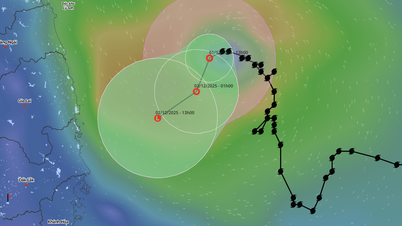

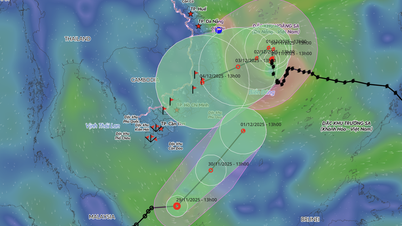
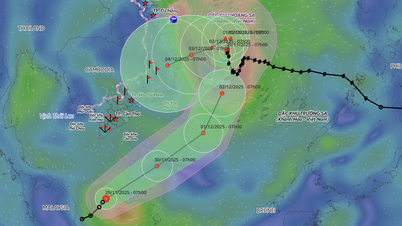
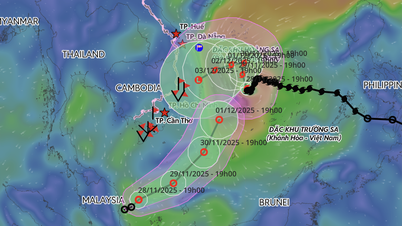


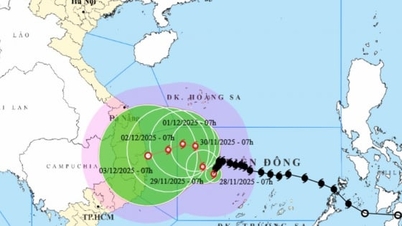

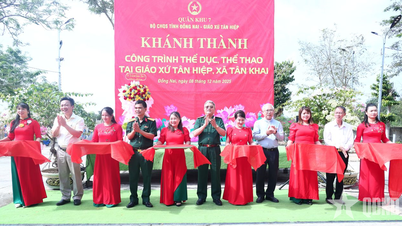

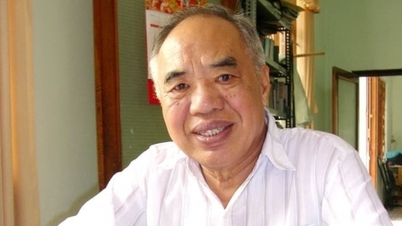

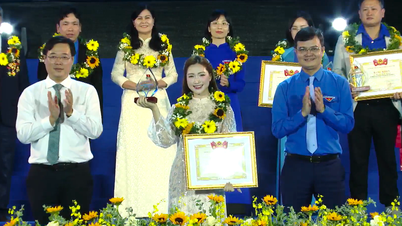

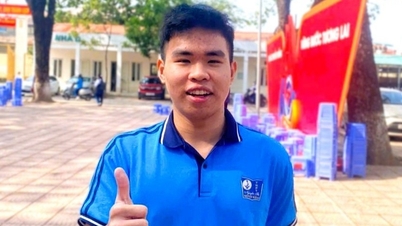











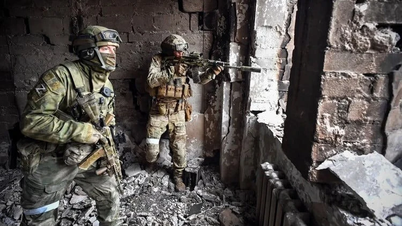

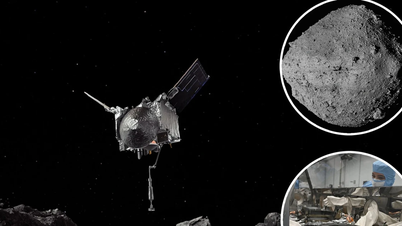


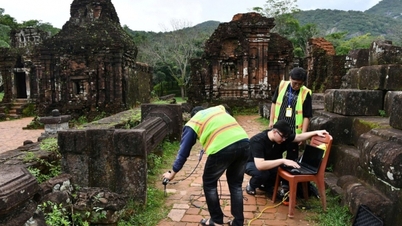










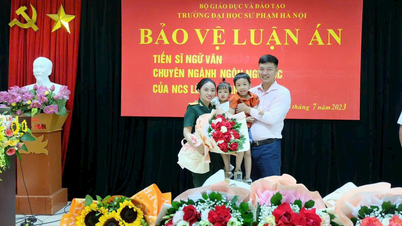
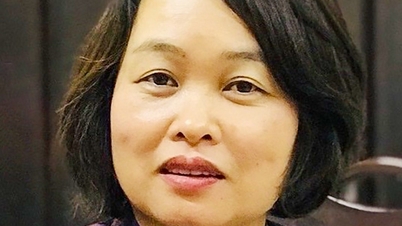

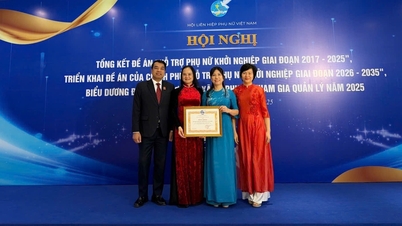














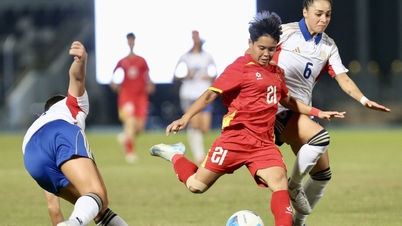

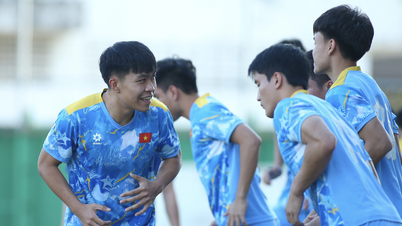
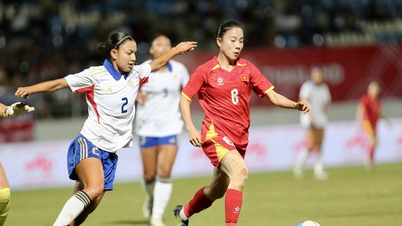
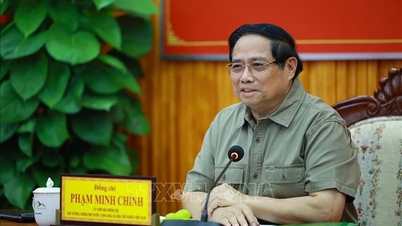



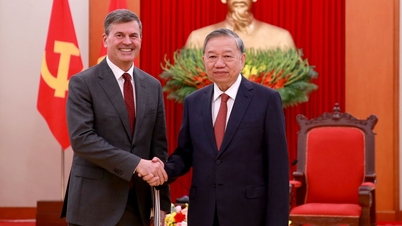
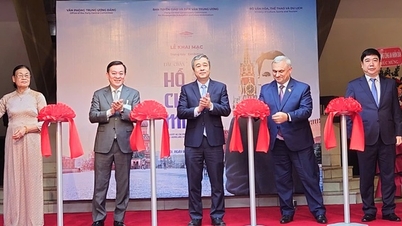

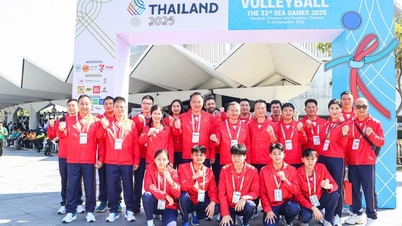
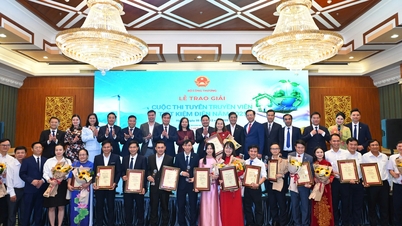


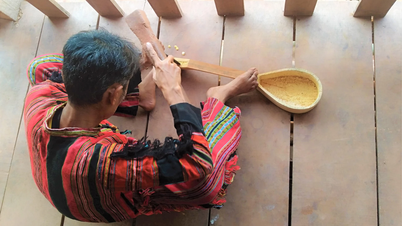



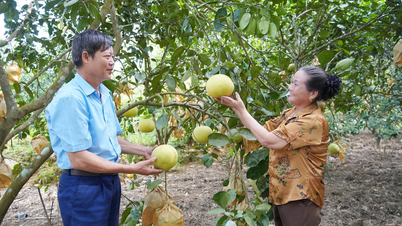
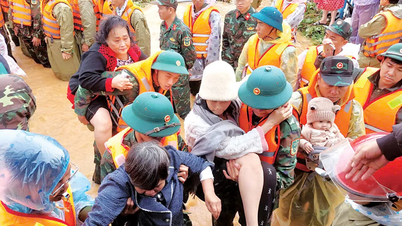
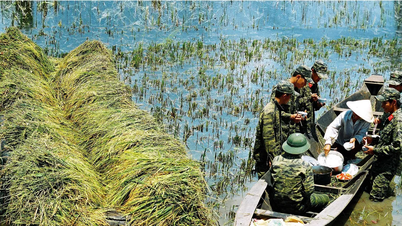
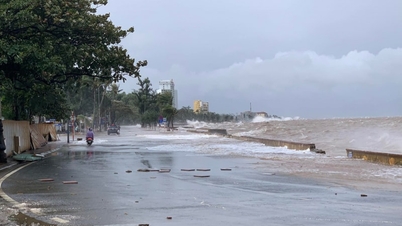











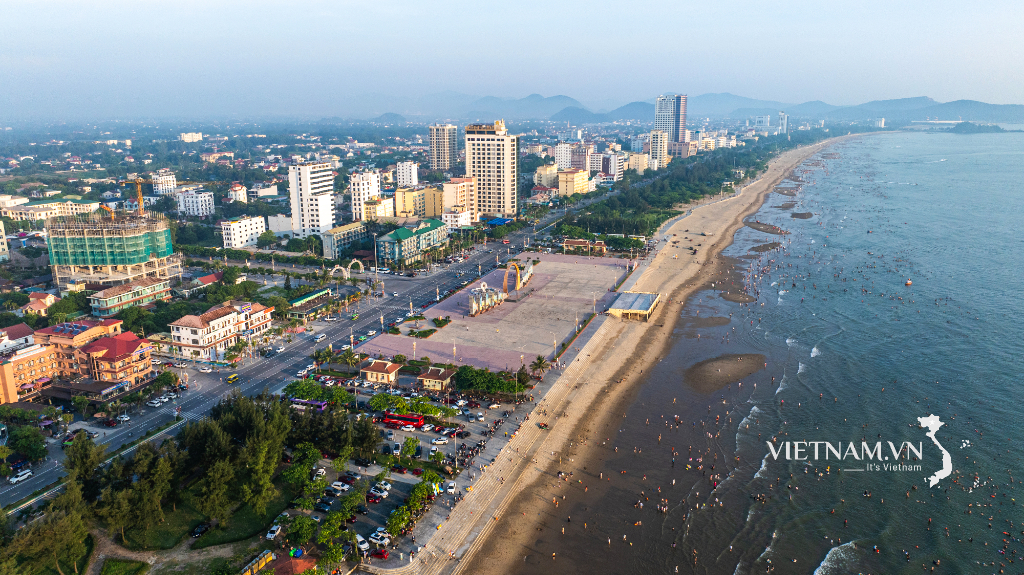






Comment (0)